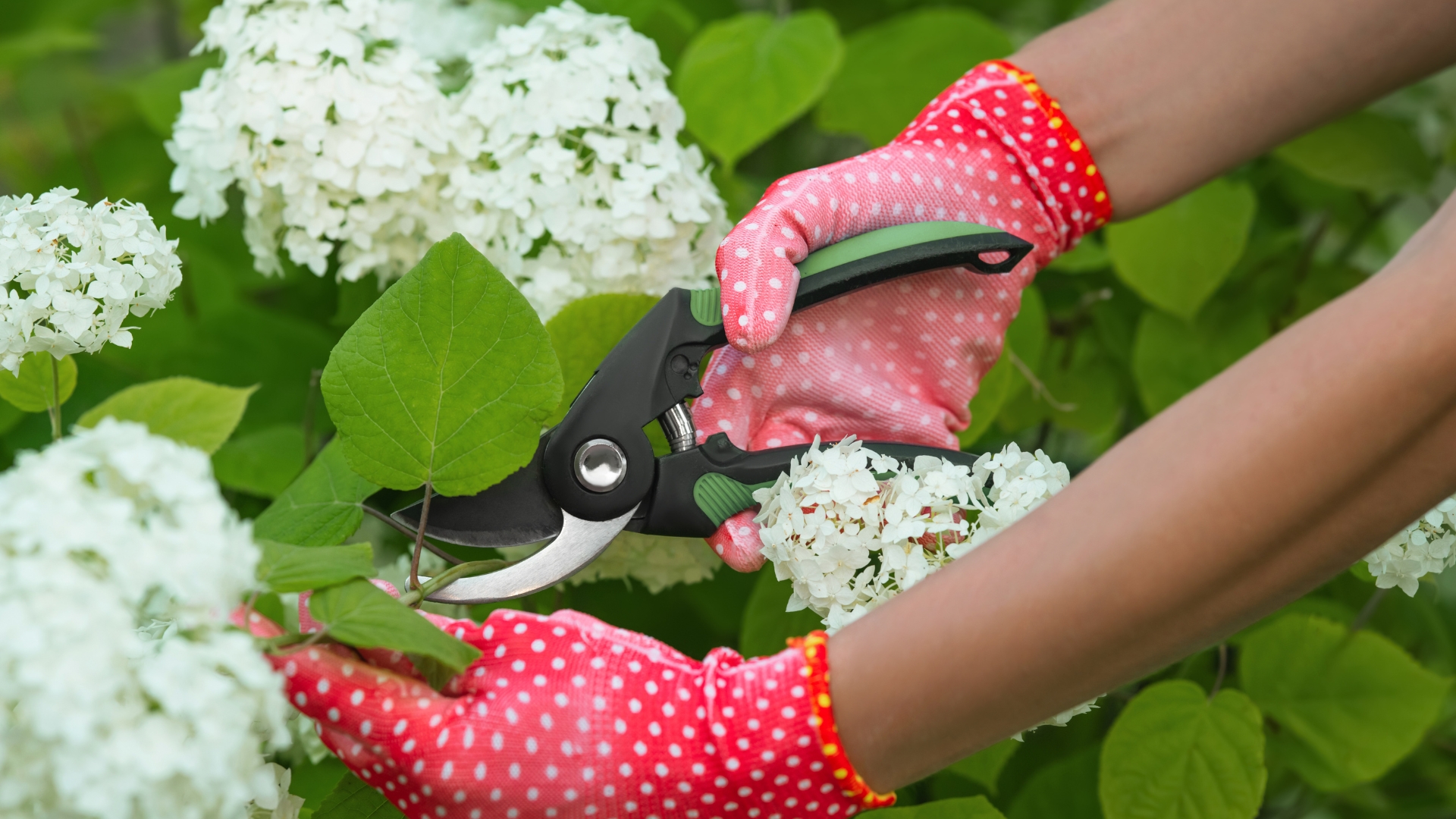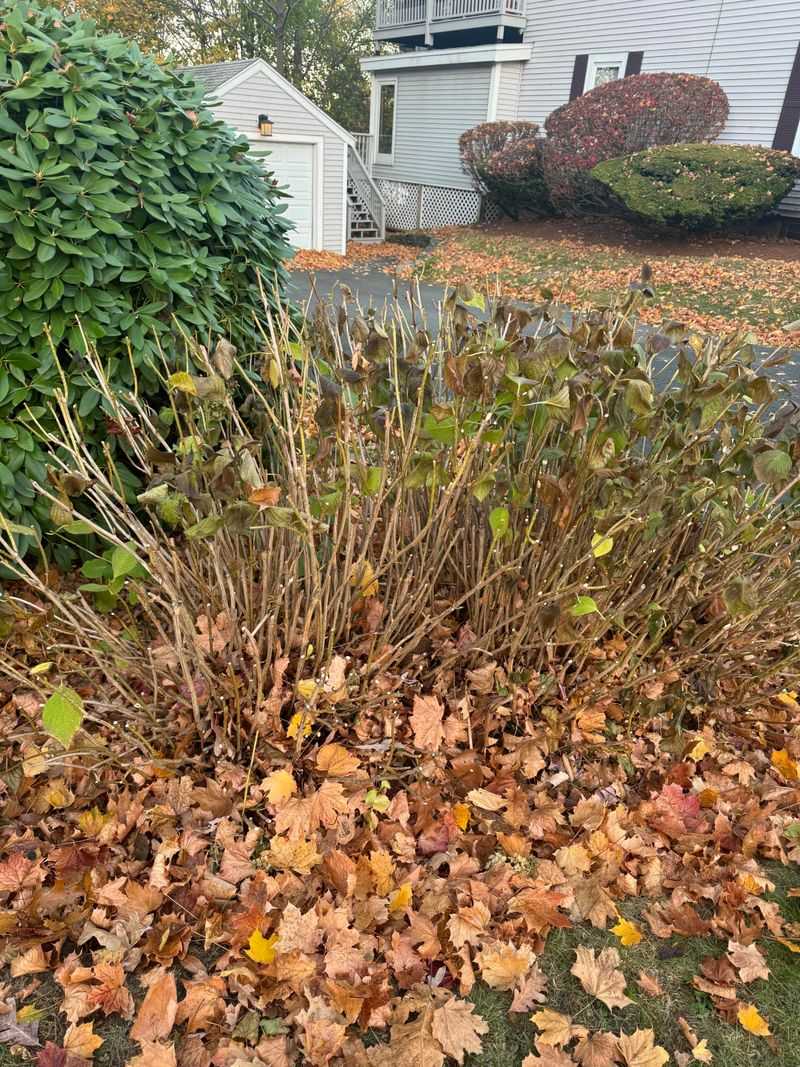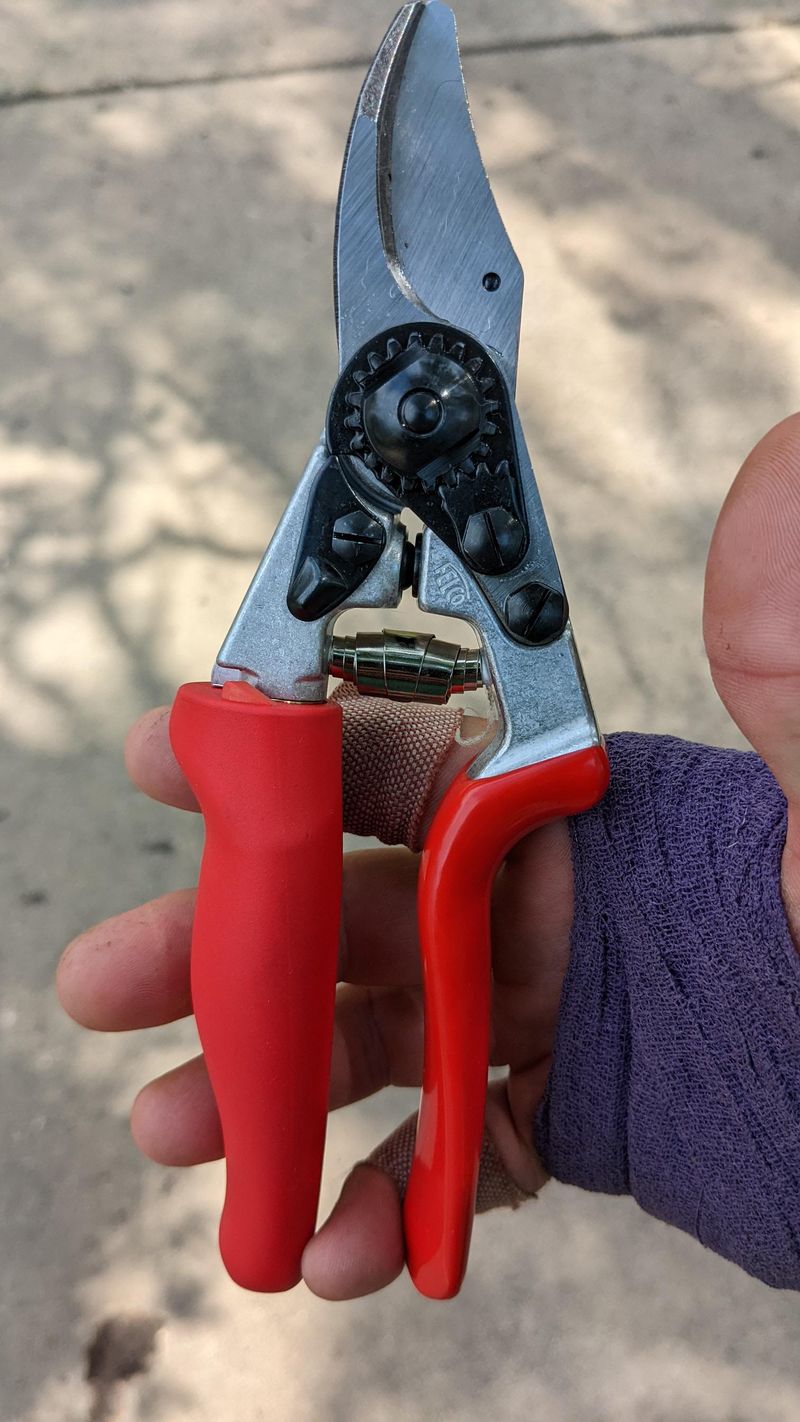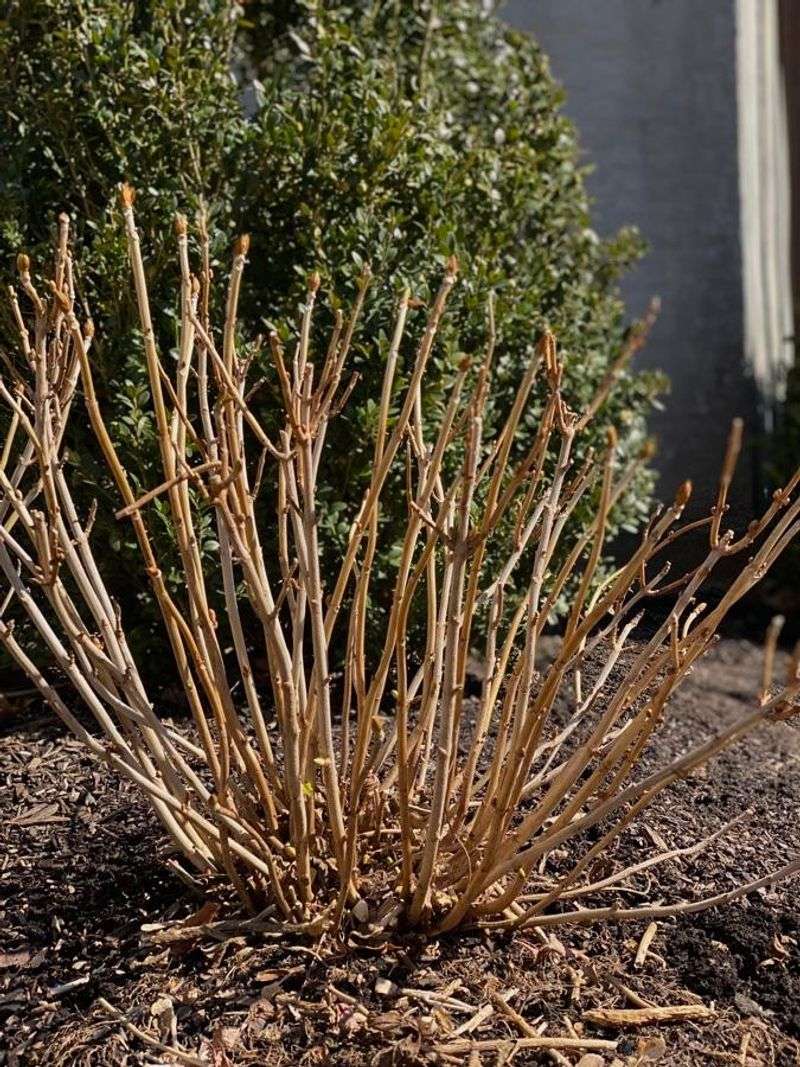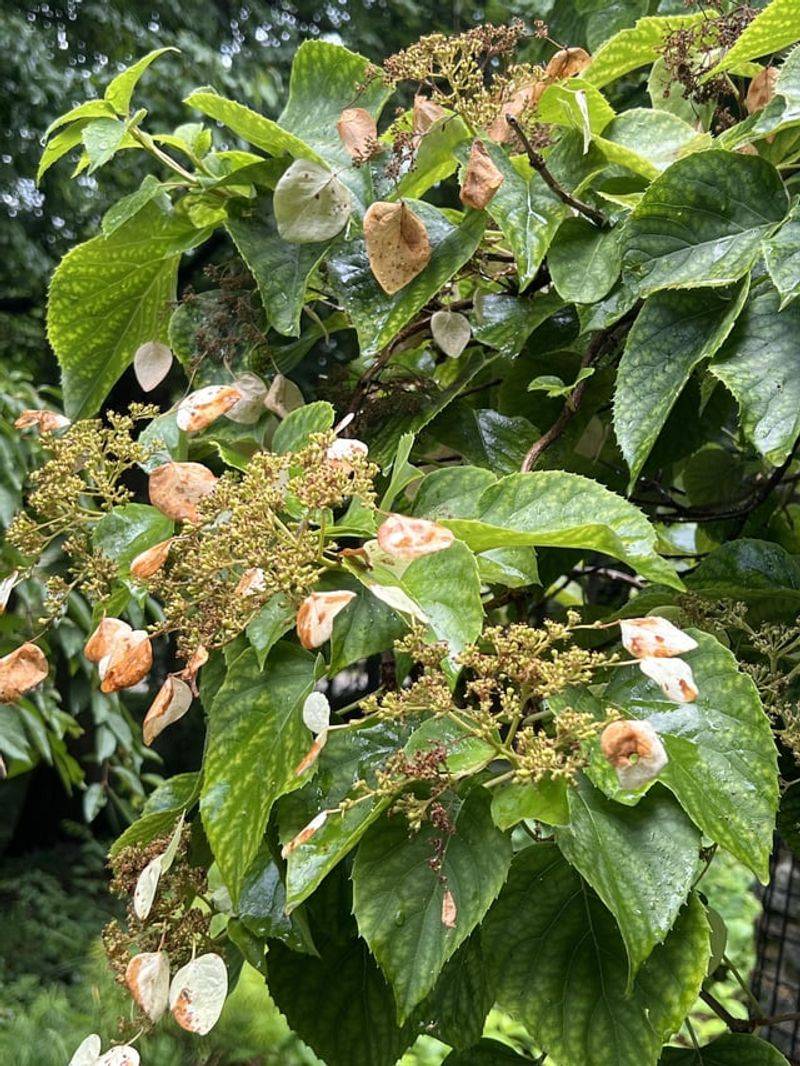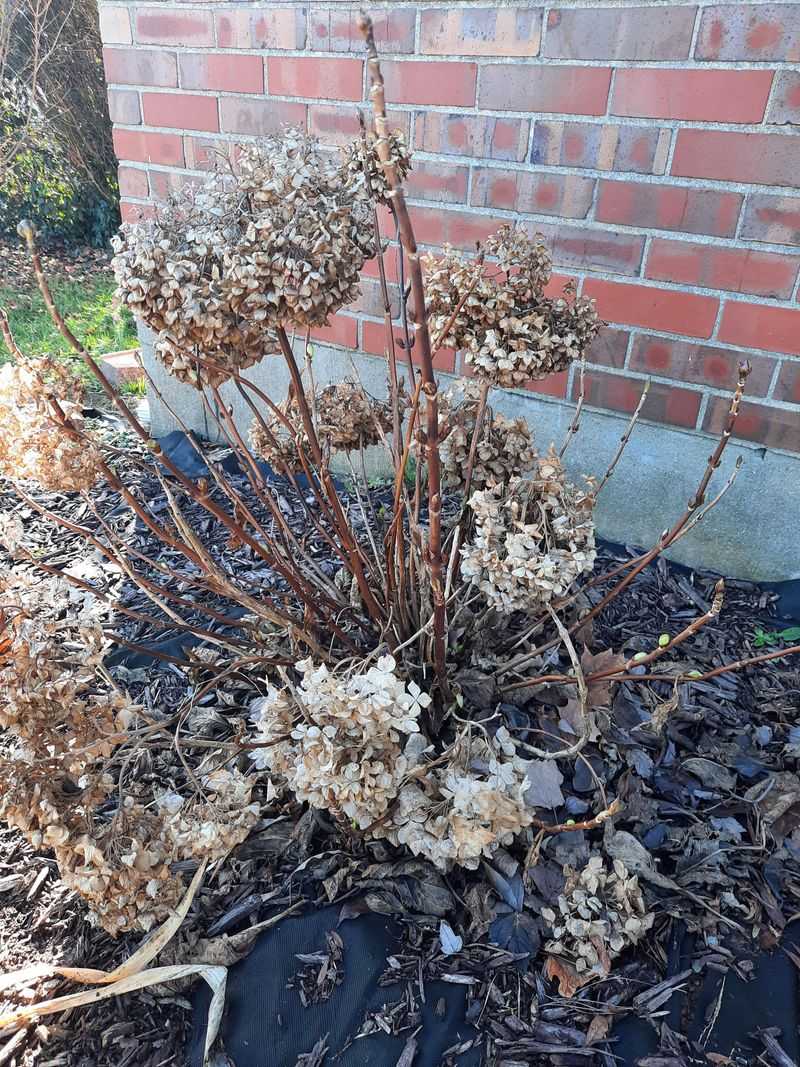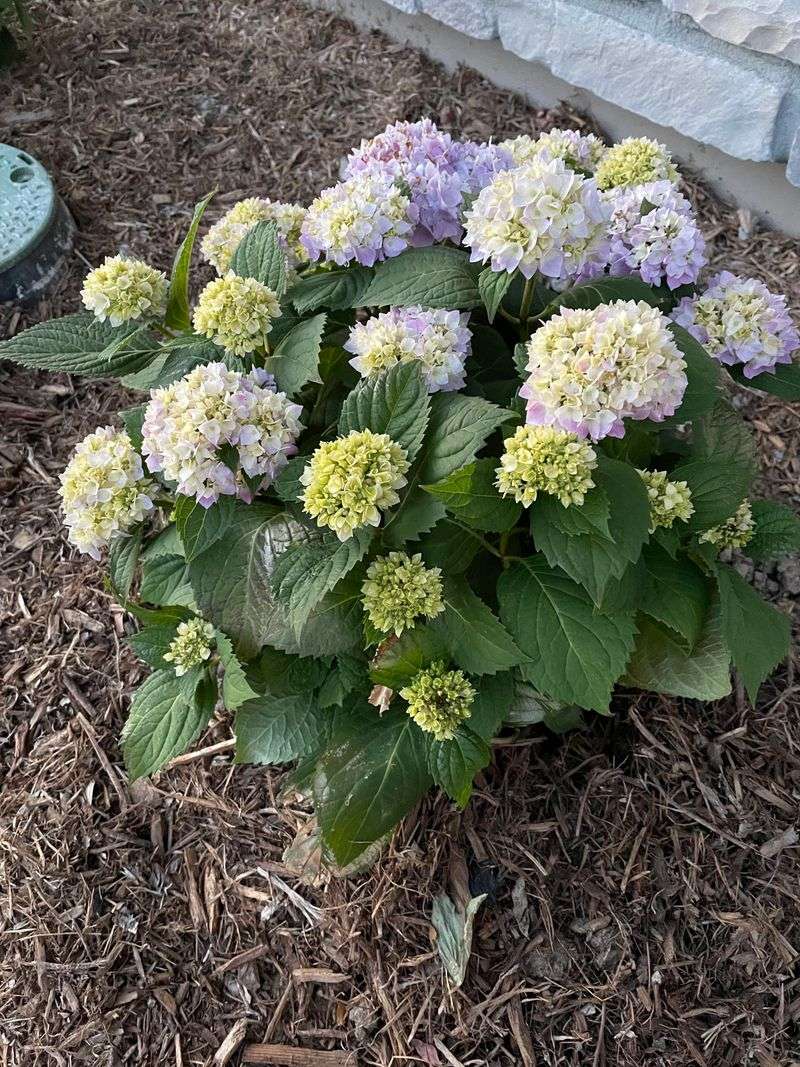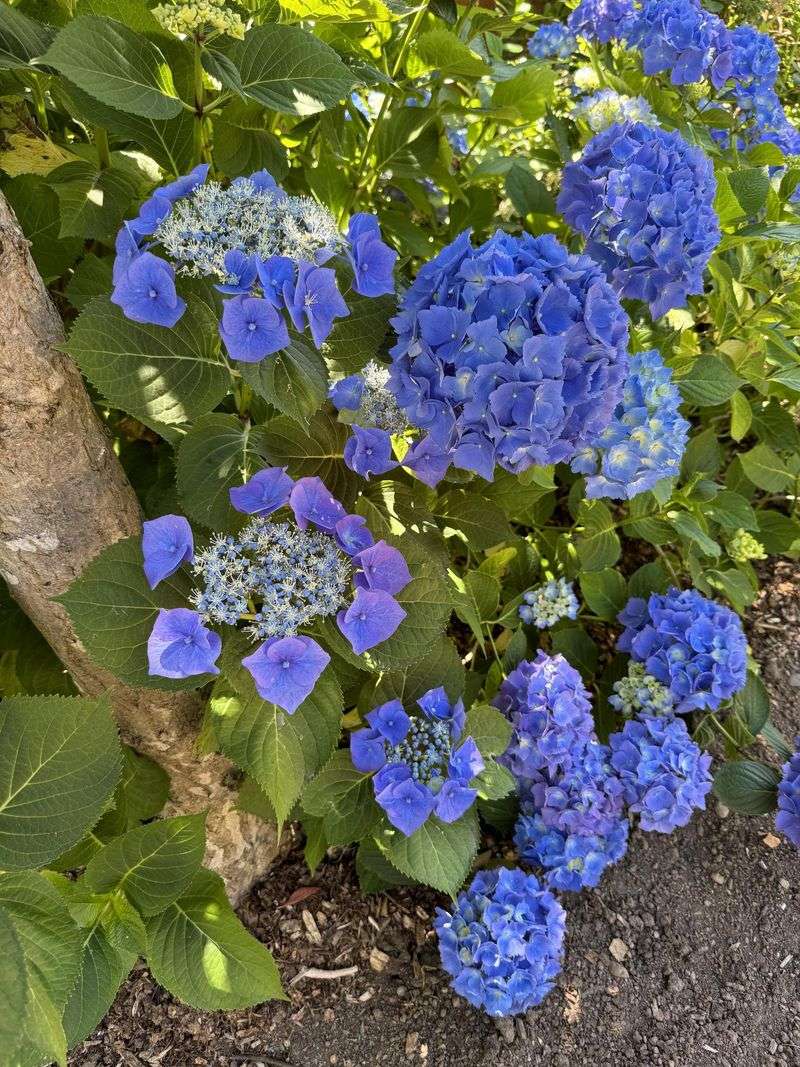Cutting back hydrangeas can feel like a big decision, but trust me, it’s totally worth understanding before you grab those pruning shears. I’ve learned the hard way that timing and technique really matter when it comes to keeping those blooms coming back year after year.
Too early or too late, and you might just end up with fewer flowers or no flowers at all. But with the right approach, you’ll see your hydrangeas thrive and show off even more.
Ready to learn how to do it right? Let’s get into it!
1. Timing is Everything
Pruning hydrangeas at the right time is crucial. Different types bloom on old or new wood, so timing affects next year’s flowers. For example, mophead and lacecap varieties bloom on old wood, so prune right after flowering. However, panicle and smooth hydrangeas bloom on new wood, allowing for late winter or early spring pruning.
Understanding your hydrangea type ensures you don’t cut off future blooms. Always check the variety before grabbing your shears! This approach helps keep your garden vibrant and full of colorful blossoms.
2. Identify Your Variety
Hydrangeas come in several varieties, each with its own pruning needs. Mophead, lacecap, panicle, and smooth hydrangeas all have unique characteristics. Identifying your plant helps determine the best time and method for pruning.
Mophead and lacecap types require a different approach than panicle and smooth varieties. Observing bloom type and growth pattern aids in correct identification.
Properly identifying your hydrangea ensures you meet its specific care requirements, promoting healthy growth and abundant blooms.
3. Tools of the Trade
Using the right tools for pruning makes the job easier and more effective. Pruning shears, loppers, and saws are essential for different stem sizes. Sharp, clean tools ensure clean cuts, minimizing damage and disease risk.
Wearing gloves protects your hands from thorns and sap. Investing in quality tools pays off in the long-run, making gardening a pleasure rather than a chore. Proper equipment contributes to the health and beauty of your hydrangeas.
4. Avoid Over-Pruning
Over-pruning can harm your hydrangeas more than help them. Removing too many branches reduces the plant’s energy, impacting flowering. It’s vital to know how much to cut back and which stems to leave.
Focus on dead or damaged wood first, then thin out overcrowded areas. Less is more in this case, maintaining a balance ensures healthy growth and a bushy appearance. Your careful touch keeps the shrubs looking lush season after season.
5. Watch for Diseases
Disease awareness is key when pruning hydrangeas. Fungal infections like powdery mildew or leaf spots can affect growth. Inspecting your plants regularly helps catch issues early.
If you notice discolored leaves or unusual spots, prune affected areas immediately, and disinfect tools after use. This practice prevents the spread of disease, ensuring robust, healthy plants. Your vigilance fosters a flourishing garden environment.
6. Winter Care Essentials
Winter protection is crucial for hydrangeas in colder climates. Mulching and covering can prevent winter damage. Use burlap or frost cloths to shield plants from harsh winds and cold temperatures.
Apply mulch around the base to insulate roots, ensuring they survive winter’s chill. Proper winter care prepares your plants for a strong comeback in spring, rewarding you with vibrant blooms.
7. Understanding Flowering Patterns
Knowing your hydrangea’s flowering pattern guides pruning. Old wood bloomers like mopheads and lacecaps set buds during the previous year, so pruning in late summer or fall is best.
New wood bloomers, such as panicle and smooth hydrangeas, form buds on current year’s growth. These can be pruned in late winter. Understanding these patterns ensures you retain flower buds for the coming season, enhancing your garden’s beauty.
8. Sunlight and Shade Balance
Hydrangeas thrive with the right balance of sunlight and shade. Too much sun can scorch leaves while too little hinders flowering. Most hydrangeas prefer morning sun and afternoon shade.
Observing your garden’s light conditions helps determine the best planting and pruning approach. Adjusting conditions as needed supports healthy, vibrant growth, ensuring your hydrangeas always look their best.
9. Feeding Your Hydrangeas
Feeding hydrangeas with suitable nutrients encourages robust growth and bloom production. Use a balanced fertilizer in spring and summer, following package instructions.
Avoid over-fertilizing, as it can lead to leaf growth at the expense of flowers. Regular feeding keeps your plants nourished and thriving, contributing to a stunning garden display.
10. The Role of Soil pH
Soil pH affects hydrangea flower color. Acidic soil produces blue blooms, while alkaline soil yields pink. Testing your soil’s pH allows you to adjust accordingly, using lime or sulfur as needed.
This knowledge provides creative control over your garden’s color palette, allowing you to enjoy a personalized floral display.
11. Mulching Matters
Mulching is an important part of hydrangea care. It conserves moisture, suppresses weeds, and regulates soil temperature. Organic mulch like bark or compost enriches the soil as it decomposes.
Applying mulch around the base of your hydrangeas promotes healthier growth, keeping your garden looking neat and well-maintained throughout the seasons.
12. Environmental Impact
Hydrangeas support local ecosystems by attracting pollinators like bees and butterflies. Choosing native or well-adapted varieties enhances this effect.
Incorporating hydrangeas into your garden design not only beautifies the space but also contributes positively to biodiversity. Your garden becomes a vibrant habitat for various species, promoting environmental health.
13. Consider Climate Adaptation
Selecting hydrangeas suited to your climate ensures successful growth. Some varieties handle heat better, while others thrive in cooler regions.
Researching and choosing climate-appropriate types helps your plants flourish year-round. This approach makes your gardening efforts more rewarding and your hydrangeas more resilient to environmental changes.
14. Hydration Habits
Proper watering is essential for hydrangea health. These plants prefer consistent moisture but dislike waterlogged roots. Early morning watering reduces evaporation and fungal risks.
Adjust watering based on weather and soil conditions, ensuring well-drained soil. Practicing mindful watering habits keeps your hydrangeas hydrated and happy, leading to lush growth and vivid blooms.
15. Aesthetic Pruning
Aesthetic pruning enhances your garden’s visual appeal. Shaping hydrangeas encourages a tidy, attractive appearance. Focus on removing wayward or crossing branches, maintaining balance and symmetry.
This artful approach not only beautifies your garden but also supports healthy plant structure. Your attention to detail creates a picturesque landscape that captivates and inspires.

